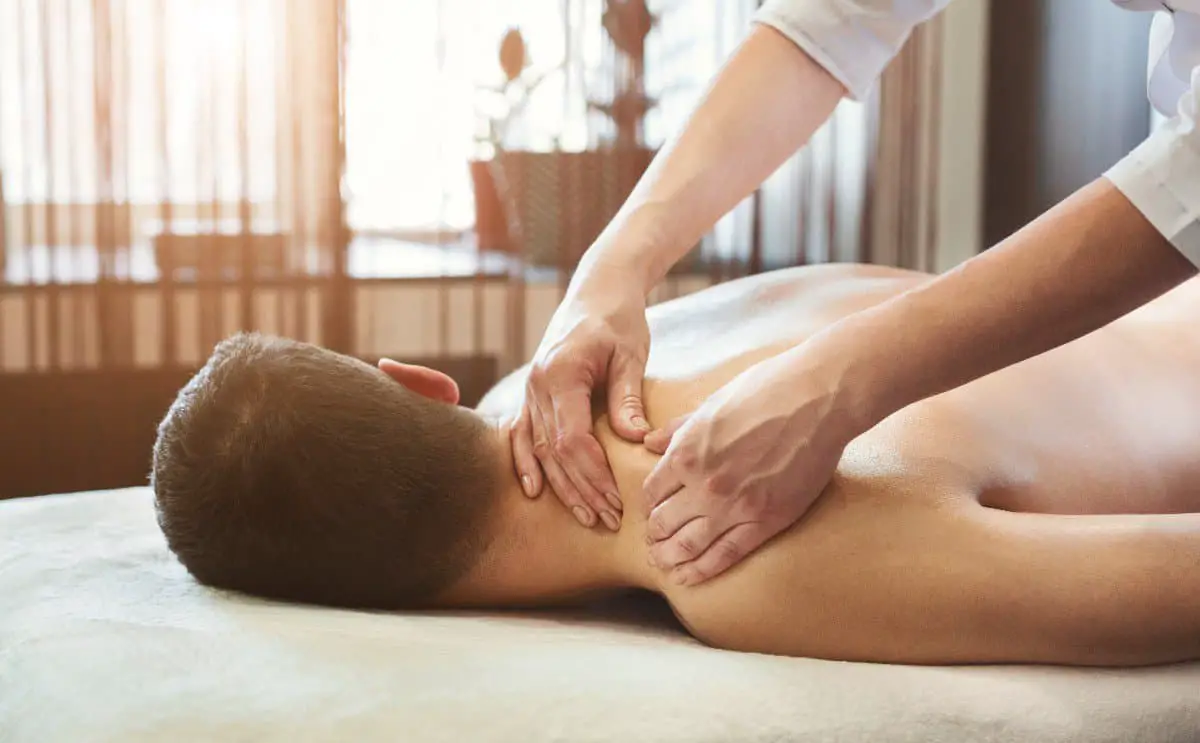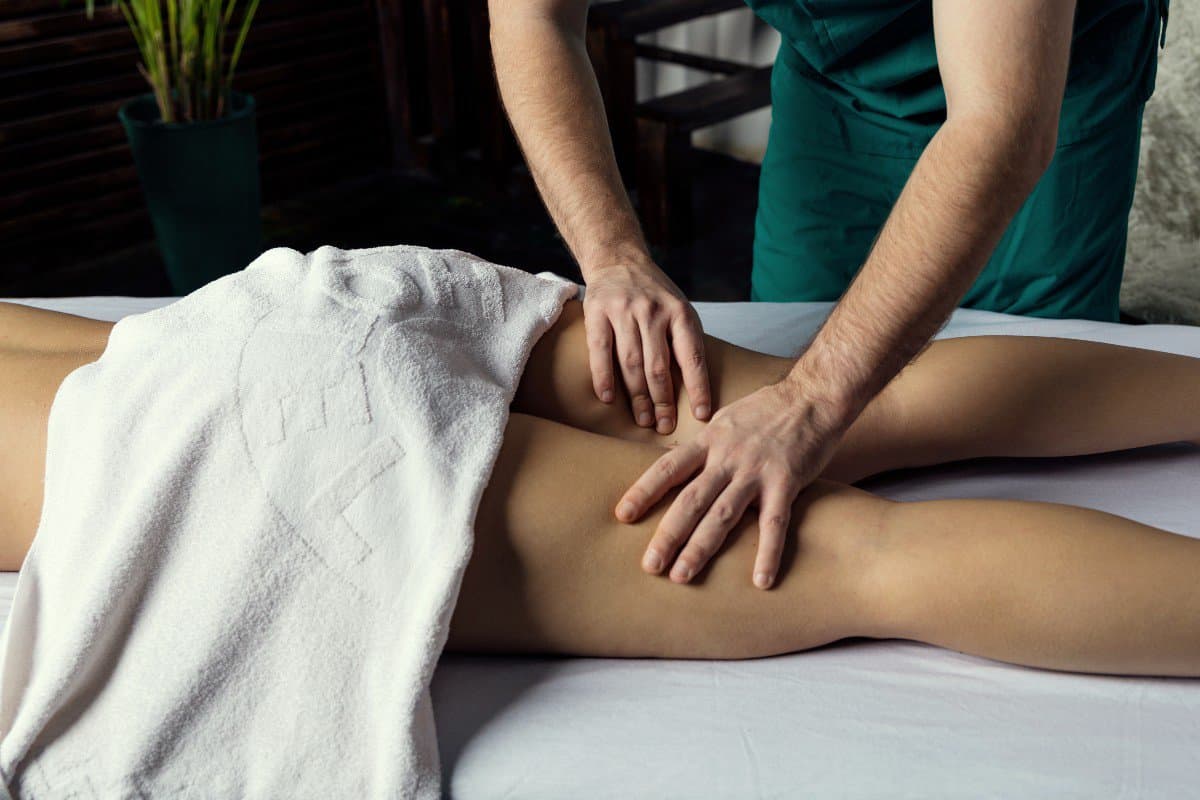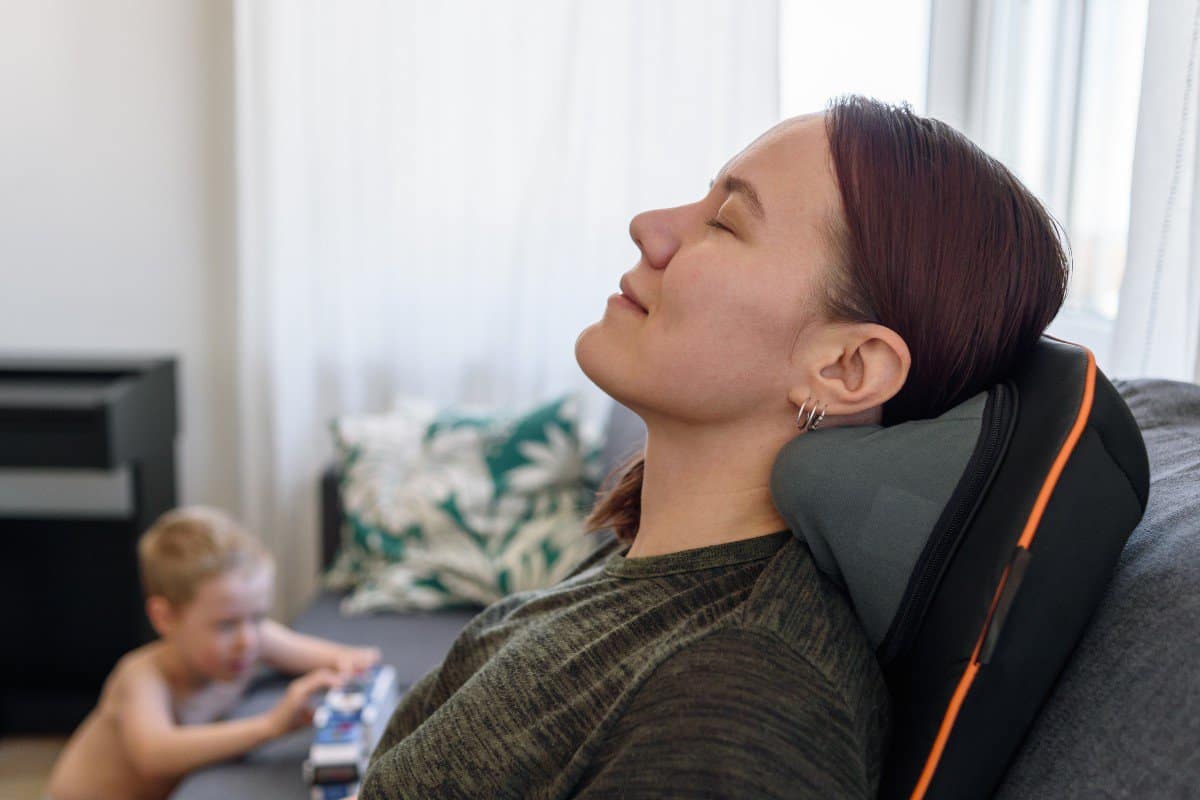We all know that regular massage can do wonders for our physical and mental health. Massage is a form of physical manipulation that can be beneficial when performed correctly, but can cause harm if done excessively.
Just like anything else, massage can be overdone. And when it is, it can actually do more harm than good. Over massaging can lead to soreness, bruising, and even muscle strains. It can also cause your body to become dependent on the treatments, which is not good for your long-term health.
There is no definitive answer to this question. If you are concerned about potentially causing harm, you may want to limit the amount of massage you receive or avoid certain areas that are more likely to be sore. On the other hand, if you enjoy massage and find it to be helpful, you can continue to receive regular treatments.
Contents
How Often Can You Get a Massage?

It turns out, there isn’t really a one-size-fits-all answer to this question. It depends on your individual needs and preferences.
If you’re looking to simply relax and de-stress, you might only need a massage once in a while. On the other hand, if you’re dealing with chronic pain or other health issues, you might need to get this procedure more frequently.
Here are a few things to keep in mind when deciding how often to get a massage:
Your health: If you have any chronic health conditions, you should speak to your doctor about whether or not massages are a good idea. They can sometimes make certain conditions worse.
Your goals: What are you hoping to get out of massages? If you’re just looking for relaxation, you might not need them as often as someone who is trying to manage pain.
Once you’ve considered all of these factors, you should have a better idea of how often you should get a massage. Also, if you’re still not sure, don’t be afraid to experiment a bit and see what works best for you.
If you are healthy and have no medical restrictions, you can get this procedure as often as you like. If you have a lot of stress in your life, you may find that you need more frequent massages to help you relax. And if you have a busy schedule, you may need to plan your massages around your other commitments.
If you enjoy getting these manipulations and they make you feel good, then there is no reason to limit yourself. However, if you find that you are not enjoying them or they are causing you pain, then you may want to reconsider how often you get them.
If you are unsure about how often to get a massage, you can always talk to your massage therapist.
Lymphatic Drainage Massage

This type of massage is usually slow and gentle, and the therapist may use light pressure and long, flowing strokes. It is sometimes combined with other massage techniques such as Swedish massage.
There is no hard and fast rule as to how often you can get a lymphatic drainage massage. However, many therapists recommend getting one or two treatments per week for several weeks, especially if you are dealing with a chronic condition.
Deep Tissue Massage
How often you can get a deep tissue massage depends on many factors, including your age, health, and physical activity level. If you’re relatively young and healthy, you can probably get a deep tissue massage once a week. If you have a chronic condition or are dealing with an injury, you may need to limit your massages to once every two weeks or even once a month. However, if you have a lot of muscle tension or pain, you may benefit from getting a deep tissue massage more often. This will help to break up the knots in your muscles and relieve the pain.
If you are pregnant, have a medical condition, or are taking certain medications, you may need to avoid or limit deep tissue massages. Be sure to check with your doctor before getting this procedure to make sure it is safe for you.
Swedish Massage
A Swedish massage is a popular choice for many people seeking a massage because it is a relatively gentle form of massage. It is also a versatile procedure, as it can be performed as a full-body massage or as a focused massage on specific areas of the body.
How often you receive a Swedish massage will depend on a number of factors, including your personal preference, your health. In general, however, most people benefit from receiving this manipulation once or twice a week.
Massage Chair

There are many benefits to getting a massage, including reducing stress, pain relief, and improving circulation. Massage chairs are a great way to get a massage, as they are convenient and easy to use. Depending on your needs, you may want to get this procedure every day, or every other day. The more you use it, the more benefits you will experience. If you are using your massage chair for relaxation, you may want to get a massage once a week.
If you have a chronic pain condition, you may want to get a massage more often. Speak to your doctor to see if they recommend getting this procedure daily, or every other day.
Massage Gun
Using a massage gun can provide relief from muscle soreness, tension, and knots. There is no danger in using a massage gun too frequently. However, it is important to listen to your body and give it the rest it needs. For example, if you find that your muscles are feeling especially sore after using the massage gun, then take a break for a day or two. Your body will thank you for it!
In general, we recommend using the massage gun for 5-10 minutes at a time, several times per week. This will give you the most benefit without overdoing it.
Of course, everyone is different and you may find that you need to adjust this based on how your body feels.
Is Too Much Massage Harmful?

There is no such thing as too much massage, as long as it is done with the proper technique. Massage is beneficial to the body in many ways, including improving circulation, aiding in the removal of toxins and increasing range of motion.
However, if this procedure is done with too much pressure, it can cause bruising, muscle damage and even nerve damage. It is important to have a light touch when giving a massage and to only use as much pressure as the recipient is comfortable with.
Can you over massage a sore muscle?
When you have a sore muscle, it is important to not over massage it. This can actually make the muscle worse and prolong the healing process. It is best to only massage the muscle lightly and for a short period of time. If you massage the muscle too hard, it can cause more inflammation and pain. The muscle will become more inflamed and you can actually make the pain worse. It’s important to find the right balance when massaging a sore muscle – too much pressure can make the pain worse, but too little pressure won’t do anything to help.
FAQ
Can you get too many massages?
While there are many benefits to getting regular massages, such as reducing stress and tension, improving circulation, and helping to relieve pain, getting too many massages can actually lead to some negative side effects. Too much massage can lead to bruising, muscle soreness, and even injury. It can also cause your body to become dependent on the massages, which can lead to withdrawal symptoms if you suddenly stop getting them.
Are massagers good for you?
The health benefits of massagers are well-documented. Massage has been shown to improve circulation, increase joint flexibility, reduce muscle tension, and promote relaxation. Massage can also help to reduce stress levels and improve sleep quality.
How often should I get a massage for back pain?
If you have chronic back pain, then you may need to get a massage more often, perhaps once or twice a week. If your back pain is acute and comes and goes, then you may only need a massage once in a while.
Also read:
Conclusion
Is too much massage bad for you or not? And so, how much massage is too much? It depends on the person. If you are feeling pain or discomfort during or after this manipulation, it is probably too much. It is always best to listen to your body and stop this procedure if you are feeling any pain.
If you are looking to get the most out of your massage, it is important to find a qualified massage therapist who can tailor the massage to your specific needs. This procedure is a great way to relax and improve your health, but it is important to remember that too much of anything can be harmful.
References:
- Stress symptoms: Effects on your body and behavior (By Mayo Clinic Staff)
https://www.mayoclinic.org/healthy-lifestyle/stress-management/in-depth/stress-symptoms/art-20050987 - Muscle knots
https://www.piedmont.org/living-better/what-causes-muscle-knots#:~:text=What%20are%20muscle%20knots%3F,trigger%20points%2C%22%20says%20Charleston. - The Importance of Having Good Blood Circulation
https://www.applepodiatrygroup.com/blog/the-importance-of-having-good-blood-circulation

